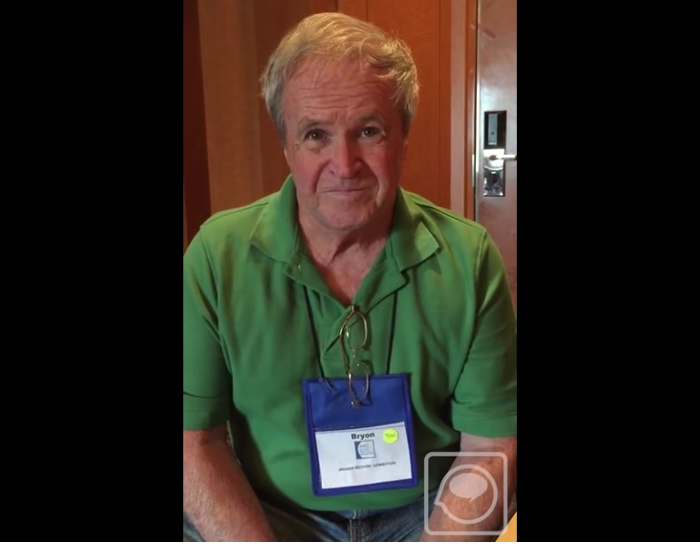
Finding #3: Mitigate disloyalty by reducing effortĬustomers reach out to Service in a state of need. You may be wondering, ‘How can I determine what’s making customers unsatisfied during service encounters?’ That brings us to Dixon’s third finding. “What the data says is that we take that customer in a bad state of mind, and by the way we handle the interaction, we actively make it worse, not better,” said Dixon.

A customer is four times more likely to express disloyalty than loyalty after a service encounter. Often customer service engagements yield disloyalty rather than loyalty. If going above and beyond doesn't drive greater levels of loyalty, what is the impact of service on customer loyalty? Finding #2: Service drives disloyalty “We spend a lot of time and energy trying to delight our customers, and they don't really pay us back with any incremental loyalty.” “When we go past meeting expectations, we reach a point of diminishing marginal returns,” he continued. Instead, there is a “gap between what companies think, and what customers say regarding their level of loyalty if a company simply does what they expect,” said Dixon. Finding #1: Delight doesn’t payĬustomers aren’t seeking bad experiences.


Below are their three significant findings. Which Dixon says translates to providing an “over-the-top, delightful, exceptional service experience.” However, through his team’s research, Dixon found that the reality is the opposite. Kolter said, "It is no longer enough to satisfy your customers. Nearly 15 years ago, Dixon and his team conducted a global study to test whether the conventional wisdom about customer experience-set forth by Phil Kotler, the grandfather of modern marketing-still rang true. The conventional wisdom about customer experience


 0 kommentar(er)
0 kommentar(er)
